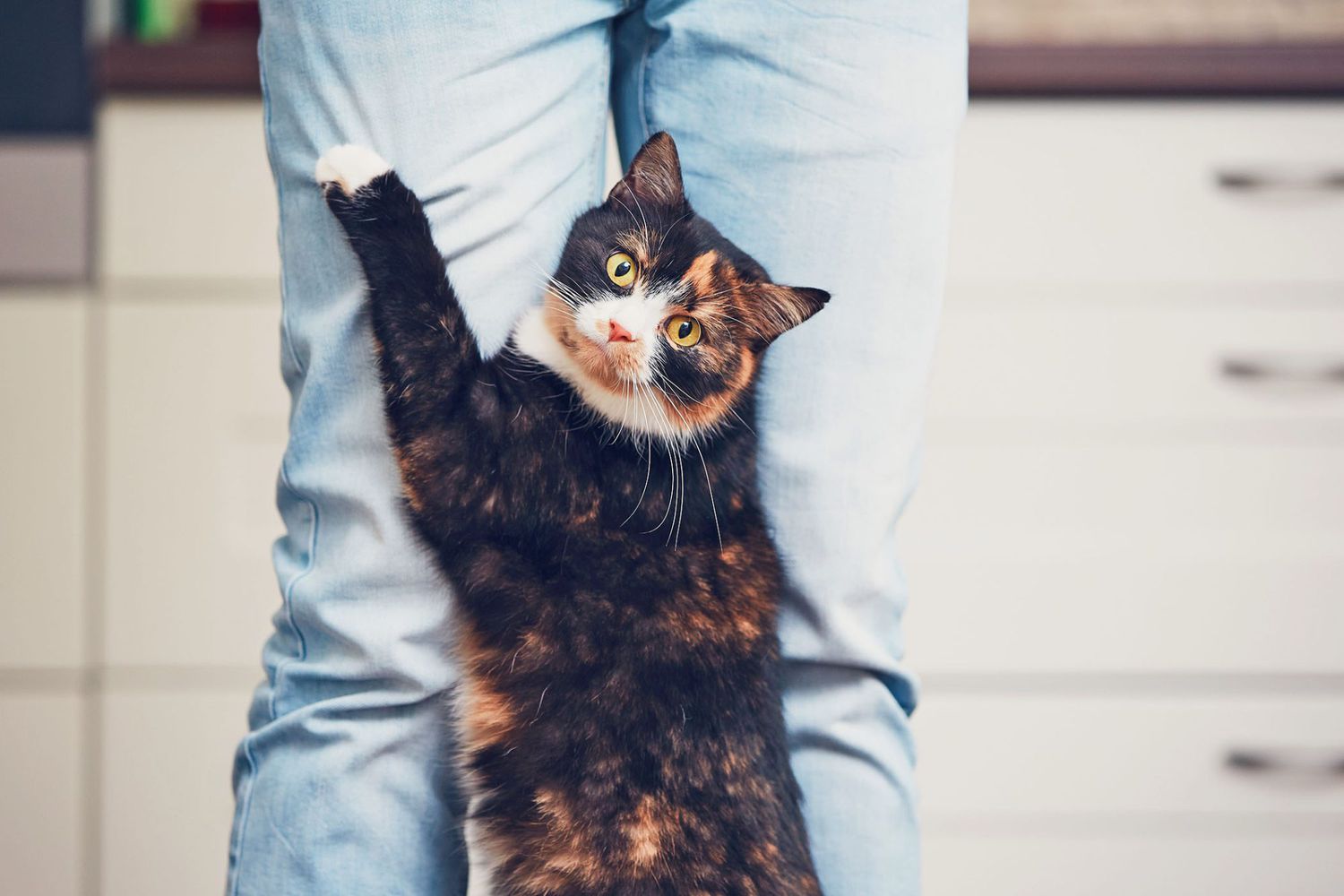
Picking the best cat litter for your feline buddy can be a difficult task given the myriad of alternatives offered on the market. This comprehensive guide will explore the various kinds of cat litter, their benefits, drawbacks, and whatever in between to help you make a notified decision.
The product of the cat litter plays an important role in its efficiency. Common products include clay, silica gel, recycled paper, wood, corn, wheat, and walnut shells. Each material provides distinct benefits and potential downsides.
Clay-based litters are the most conventional and extensively used due to their high absorbency and clumping capabilities, which make clean-up simpler. Nevertheless, they can be dusty and might not be the best choice for felines or people with breathing problems. Silica gel crystals are extremely absorbent, control odors successfully, and are low maintenance considering that they don't require to be altered as often. However, they can be more expensive and some felines might not like the texture. Biodegradable litters, made from recycled paper, wood, corn, wheat, and walnut shells, are environmentally friendly options. They are typically dust-free and great for cats with allergic reactions, but their smell control and clumping capabilities vary widely.
The option between clumping and non-clumping litter is substantial. Clumping litter forms solid masses when wet, making it simple to scoop out urine and feces, hence maintaining a tidy litter box. Non-clumping litter absorbs moisture however does not form clumps, which might lead to more regular modifications of the entire litter box.
Odor control is a leading priority for a lot of feline owners. Litters are often infused with baking soda or charcoal to reduce the effects of smells. Keeping a fresh litter box likewise requires routine scooping, preferably twice a day, and following the producer's standards for altering the litter and cleaning the box.
The health of your cat and the ecological impact of the litter are also essential elements. Dust-free or low-dust alternatives are better for respiratory health. Eco-friendly litters use an eco-friendly alternative to clay, which is strip-mined and not sustainable. In addition, it's vital to be familiar with any allergies your cat may have to specific products.
Expense is a necessary consideration, as the cost of cat litter can vary considerably. While silica Wood Cat Litter gel and some eco-friendly litters might be more pricey in advance, their durability can offer savings in the long run. Conversely, clay litter is often less expensive but requires more frequent replacement.
Ultimately, the very best cat litter is one that fits both your and your feline's choices and needs. It may take some trial and error to find the ideal match. Focus on your cat's behavior and comfort, as well as the litter's performance in terms of odor control, absorbency, and maintenance.
Choosing the ideal cat litter contributes cat litter box with lid substantially to your feline's health, joy, and the tidiness of your home. By considering the material, clumping ability, smell control, health effects, ecological impacts, and cost, you can make an informed decision that benefits both you and your furry buddy. Keep in mind, what works finest for one cat Peat Moss Cat Litter may not suit another, so want to experiment till you discover the ideal solution.